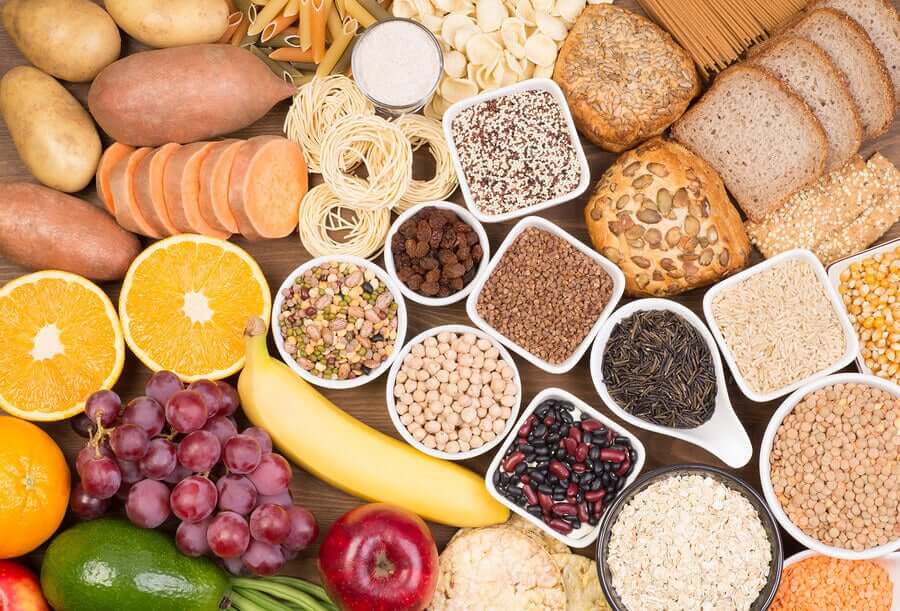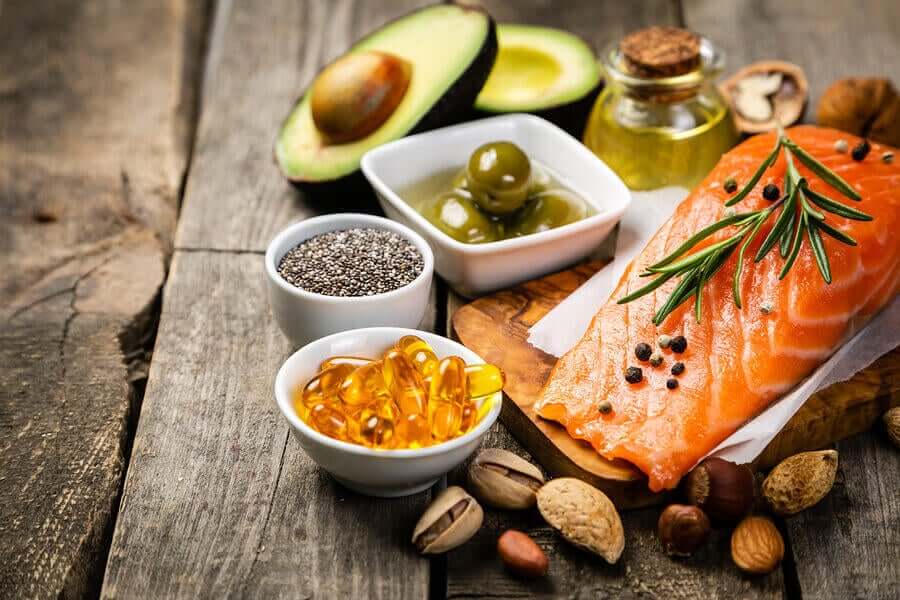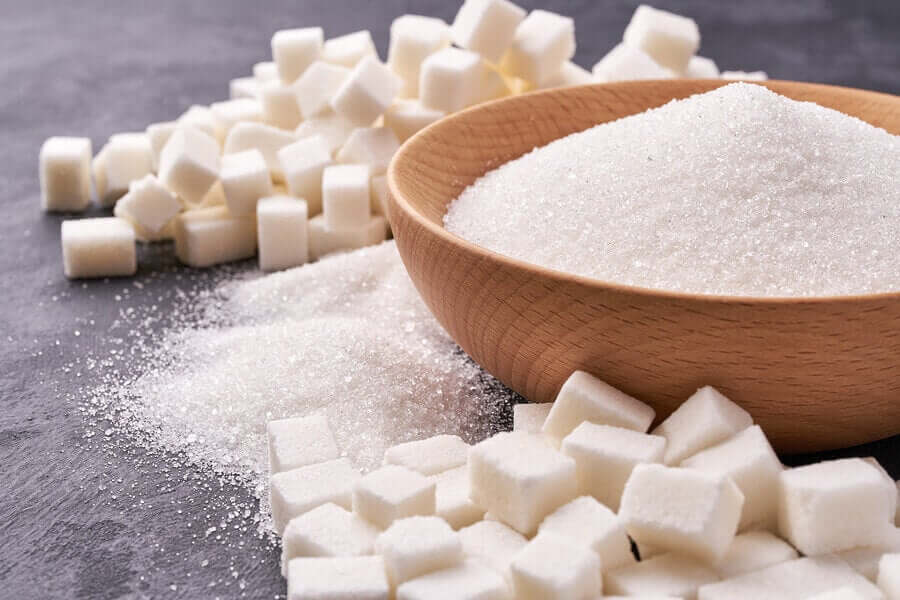Nutritional Treatment for Type 2 Diabetes

Nutritional treatment plays an important role in the management of type 2 diabetes. Although many factors affect the development of this disease, a good diet is crucial to control it and prevent related complications.
What should you know about it? Let’s take a look!
What is type 2 diabetes?
Diabetes mellitus is a chronic metabolic disorder that manifests itself with glucose levels in the blood that are higher than the recommended levels. In the specific case of type 2 diabetes, the body stops using insulin correctly. Insulin is a hormone produced by the pancreas whose function is to help glucose enter the cells and be used as energy.
Among the risk factors for developing this health issue are: having a family history of diabetes mellitus, age, obesity, and physical inactivity. In fact, it’s common for people with type 2 diabetes to also be obese or overweight.
In these patients, reducing energy in the diet while maintaining an adequate and healthy intake of nutrients at meals, is beneficial in promoting weight loss. Losing weight could translate into benefits in both glycemic and blood pressure control.
Nutritional management in type 2 diabetes
Since there’s no ideal pattern for all patients, nor a percentage of macronutrients that can be used in a general way, according to current evidence, the most advisable treatment would be a joint plan of food and physical activity prescribed by a professional. This is according to research published in the journal BMJ.
According to the latest consensus of the American Diabetes Association (ADA), the objectives of nutritional treatment should be the following:
- Improve glycosylated hemoglobin parameters, reduce hypertension and cholesterol levels.
- Achieve and maintain a healthy weight (at this point the patient’s adherence and change of habits are of special interest).
- Prevent complications.
Therefore, one of the points to be taken into account, once the disease is diagnosed, is the dietary factor.
Carbohydrates

Fruits, vegetables, legumes, and whole-grain cereals. These foods should be the main source of carbohydrates in any healthy diet, but especially for these patients. As they are partly made up of fiber, their entry into the bloodstream is slower and there aren’t any blood glucose peaks.
In addition, they increase the feeling of satiety, which helps weight control. According to research published in the journal Nutrients, fiber consumption appears to have a beneficial effect on serum cholesterol levels and other causes of cardiovascular risk such as hypertension.
Therefore, doctors recommend an intake of approximately 26 grams per day in women with type 2 diabetes. In men with this health issue, they recommend 28 grams per day.
This isn’t the case with foods rich in simple carbohydrates, where we would find pastries, sweets, fruit juices, etcetera. These foods are devoid of fiber and, therefore, their impact on glycemia is greater.
Consuming whole grain cereals (cereals that conserve their three parts, germ, bran, and endosperm, also called whole grains) has been studied and, although there’s insufficient evidence to justify better glycemic control with their consumption, they’ve been related to a decrease in systemic inflammation and mortality.
Read more: Replacing Commercial Cereals with Whole Grain Cereals
Non-caloric sweeteners
Although studies claim that non-caloric sweeteners such as saccharin or stevia don’t alter glycemic function, many of the foods that contain them may alter glycemic function due to the ingredients used in the production of the product.
Used as sugar substitutes, they may be beneficial in reducing sucrose or “table sugar” consumption, although researchers must conduct more studies to confirm this.
Nutritional treatment: Other foods
As for other foods, the recommendations would be the same as for the general population. In the case of proteins, they should also be individualized. However, the recommendations are the same as for the rest of the population. In fact, the intake of proteins of high biological value could be related to an improvement in insulin response, without increasing plasma glycemia.
Regarding fat, as in the case of protein, the evidence suggests that it isn’t so much the quantity as the quality of the protein that’s important. You should consume more good quality fats (seeds, avocados, fatty fish, etc.) and reduce those of poorer quality, found in processed meats and pre-cooked foods, among others. This is crucial for correct nutritional treatment.

Other recommendations for the nutritional treatment of type 2 diabetes include:
- Choosing healthy dishes in which carbohydrates are of low glycemic index.
- Controlling foods rich in trans fats and saturated fats because of their relationship with increased dyslipidemia.
- In the case of fish, especially oily fish, the recommendation is the same as for people who don’t suffer from diabetes. Because of its content in omega-3 fatty acids, doctors recommend eating oily fish at least twice a week.
- To reduce the risk of dyslipidemia, specialists also advise eating foods rich in sterols (usually enriched), always within a healthy diet.
- Moderate consumption of dairy products. Fermented ones (such as yogurts and cheeses) seem to be particularly beneficial in the control and prevention of type 2 diabetes.
You may be interested in: Discover How Diabetes Affects Eyesight
Tips for the nutritional treatment of type 2 diabetes
Many patients with type 2 diabetes are overweight or obese. An adapted nutritional plan, along with physical exercise, is of vital importance to reduce weight and reduce the risk of complications.
In general, some tips include:
- Make a meal distribution using fresh and healthy foods. Always take into account the patient’s preferences and characteristics.
- Reduce the consumption of specific foods for people with diabetes. These are normally low in fiber and rich in poor quality fats, so they couldn’t be considered healthy foods. Only consume them occasionally.
- Reduce free sugars such as “table sugar” (sucrose) and foods rich in sugar. Some examples are cakes, pastries, sweets, ice cream, sugary breakfast cereals, and juices. Also reduce ready-made dishes, prepared sauces, etc., since in addition to containing a high amount of sugar they’re rich in trans fats, saturated fats, and salt. Instead, we suggest you learn to make your own recipes, eliminating or substituting sugar for other foods. For example, sweetening with fruits.

- For people taking insulin, insist on nutritional education to balance the insulin dose with carbohydrate intake.
- It’s important to avoid alcohol since in these patients it can increase the risk of suffering hypoglycemia. This is especially important if they’re treated with insulin.
- Regarding salt, the recommendation for the general population is also valid for patients with diabetes. Pay special attention to those who also suffer from hypertension. In the latter case, they should reduce salt consumption as much as possible. Use other flavorings such as spices.
Nutritional treatment for Type 2 diabetes
In the case of type 2 diabetes can be improved by a good diet. Nutritional treatment for patients with type 2 diabetes must be individualized, as it depends on the characteristics of each patient.
However, in general, some guidelines should be applied. Some examples are choosing a good source of carbohydrates, excluding sources of sugars and trans fats, moderating total calorie intake, etc.
All cited sources were thoroughly reviewed by our team to ensure their quality, reliability, currency, and validity. The bibliography of this article was considered reliable and of academic or scientific accuracy.
- Forouhi NG., Misra A., Mohan V., Taylor R., Yancy W., Dietary and nutritional approaches for prevention and management of type 2 diabetes. BMJ, 2018.
- Soliman GA., Dietary fiber, atherosclerosis, and cardiovascular disease. Nutrients, 2019.
This text is provided for informational purposes only and does not replace consultation with a professional. If in doubt, consult your specialist.








